The term Master of G appeared already in 1985 with the DW-5500C, but became more known halfway the 90’s, when the Frogman, Raysman, Mudman, Codename, etc were introduced. Except that they were designed for special situations, they also had unique designs (well, except the Codename Cipher, which looks much like a DW-9000 series model).
The DW-9100 Riseman featured in this article has a special look too. As the name already reveals, the Riseman is designed for people who do activities where a lot of changing altitudes are invloved. A side mark must be placed, the watch isn’t suitable for parachute jumps and other sports with rapid changing altitudes. You got to think more about mountain climbing, hiking, skiing, snowboarding, etc. Of course the LCD display can withstand very cold temperatures and works at least until -20°C before it fades.
The unique shape of the Riseman is partly caused by the sensors which are placed on the left side of the watch. I once read that the shape of the Riseman seems to be inspired by the shape of the parachutes of Japanese parachutists in WWII. I could unfortunately not find a photo of such a parachute anymore, but in that same article there was a drawing included of Japanese parachutists and indeed, the shape looked very much like the packed parachute.Also the upper part of the strap is made of parachute fabric.
The Riseman is a Twin Sensor model, which means it has a barometric and a temperature sensor. A small side note: a barometric sensor reading is not only depending on barometric pressure, but also on the temperature. Therefore you can only calculate the barometric pressure if the temperature of the sensor is known. This is why you always should find a thermometer function on a electronic device that has barometric functions.
Left the "Sky Tramp", right a Japan Domestic model.
Probably the most important function on the Riseman, according to its name, is the Altimeter function. The Altimeter function is in fact a barometric function. Under normal circumstances a barometric Altimeter is a very reliable. Nowadays there are GPS devises that can calculate the altitude by triangular readings of satellites, but still a good barometric Altimeter function is more accurate. The altitude can be calculated pretty easy. At sea level we have a huge column pressing on us. Although we are normally not aware, at sea level the air presses with about 1 kilogram per square centimeter upon us. When you go up, for instance when walking up a mountain, the column of air that presses upon you becomes less higher, so the pressure is decreasing. The change of atmospheric pressure compared with the altitude is known, thus you can calculate the differences in relative altitudes by pressure changes.
Also here needs to be placed a side note. Barometric pressures are not fixed. You have to calibrate the altimeter when you are going to climb or descent when you want proper altitude readings. The barometric pressure decreases ca.1 hPa when ascending 8.2 meter near Sea Level, gradually changing when reaching higher altitudes. My experience is that when you have set the Altimeter function well, with good weather conditions, it is very precise. The altitude intervals are 5 meter, which is also about the accuracy of the Riseman under good weather conditions. Of course, when you are seriously using an altimeter, you are about to ascent or descent quite a lot more than 5 meters.
Unfortunately the Altimeter works less good when the weather conditions are changing. Especially when a thunderstorm is coming up, the air pressure can drop suddenly a lot, making the Altimeter quite useless. On the other hand, I do not think it is a good idea to climb mountains while a thunderstorm is expected.
The Thermometer on the Riseman is pretty good, though it has to be taken off from the wrist if you want to use it as an instrument. It takes about 20 – 30 minutes before the Riseman is adapted to the temperature of its environment. Therefore it is not really a practical instrument. In the past I have read that people calibrated the temperature with their wrists, but I do not think that’s a good idea. The temperature around your wrist depends not only by the environmental temperature, but also on your activity and if you are wearing sleeves. The main reason there is a thermo-sensor on the Riseman is to compensate the temperature drift of the barometric sensor.
The barometric pressure is measured every 2 hours, no matter in which mode you are. In Barometer mode a graph of the past 24 hour is shown. The Riseman records every 5 minutes the temperature, also no matter in which mode you are. In Altitude mode the Altitude is measured every 5 seconds during the first three minutes. After three minutes the Altitude is measured every 2 minutes. Well, this also displays why the Riseman is not suitable for parachute jumping, parapenting, etc. On the other hand, if the watch had a much higher sampling rate, suitable for these activities, the battery (a standard CR2016)would drain drastically. I have a digital altimeter that can be set to “FLY” mode. Even a CR2032 battery does not last very long in this mode.
One of the nicest function on the Riseman is the Recorder function. If the recorder is activated, it records both the temperature and the altitude. I have used this function not only to record an altitude graph of a trip, but also to record a temperature graphs during very cold nights when camping in the Bugundy (Bourgogne), France. The recorder saves a record every 15 minutes. The memory can hold up to 50 data sets.
The Riseman also has an Altitude Alarm. If you press the Adjust button in Altimeter mode, you can’t only adjust for the Altitude, but also enter an altitude value, which would trigger the alarm to go off.
The DW-9100 Riseman doesn’t have a Countdown Timer, but there is a 24h Stopwatch function present. The Countdown Timer had probably to move for the Recorder function.
For people who are not used to SI standards, please check the module number of the DW-9100 before you buy it. The Japanese Domestic models (both the basic and the limited models) have the 1664 module, which can only show pressure in hPa, altitude in m and temperature in °C. The overseas models have the 1663 module, which can switch between the SI units and the old imperial standards.
In Germany this model, DW-9100B-1AV, was sold under the name “Sky Tramp”. In Japan this model was released in June 1996. The Riseman was probably sold around the same time in Europe and the US (with the 1663 module). In Japan this watch was priced ¥26000, in Germany suggested retail price was DM479.- (€244.50). I bought mine at a god time, I guess somewhere in 2002. There was a seller called Diamantdodekaëder offering auctions on eBay Germany , starting at DM 1.-. I was always looking close to his auctions, because he had great G-Shocks which ended for, now unbelievable, low prices. I even had the private mobile phone number of the seller at that time, because I tend to win a lot of his auctions and also bought several G-Shocks and a Baby-G from him. I have paid approximately DM60.- for this model (€30.-), which was then a normal price, but now probably is considered a steal.
I think that a normal price for a Riseman in very good to unused shape would cost around $100.-. Limited edition models are of course more expensive. Expect prices of around $125.- to $150.- for a Men In… model or a Terje Haakonsen model. This makes this Master of G model a pretty affordable beauty.

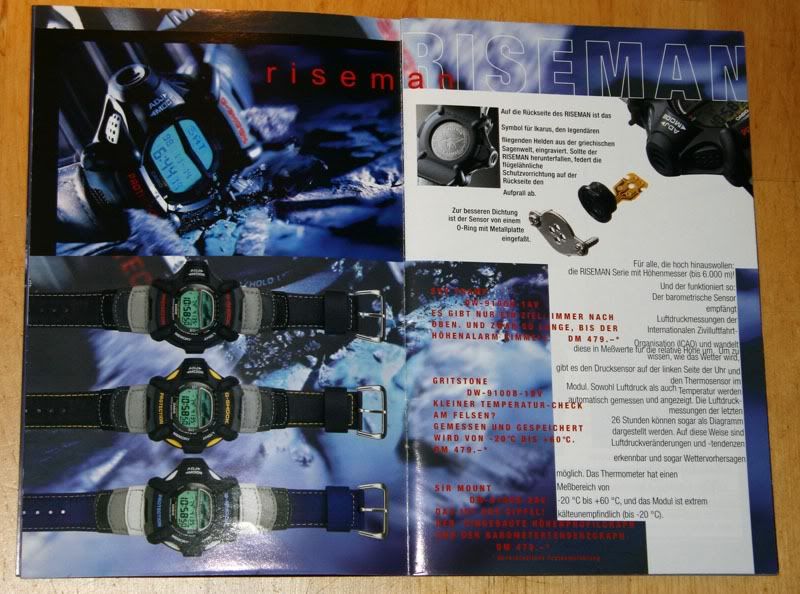
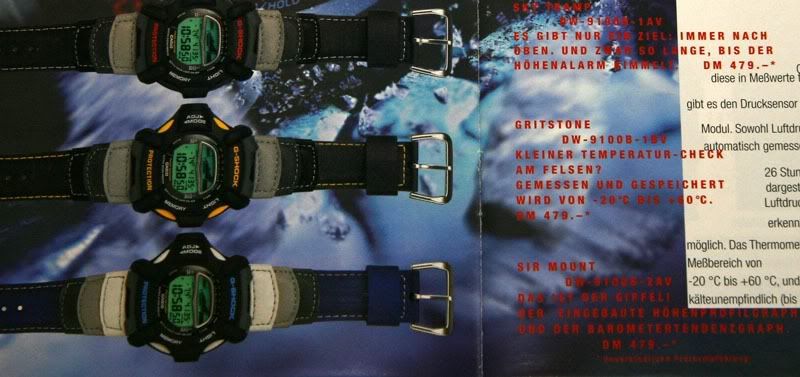

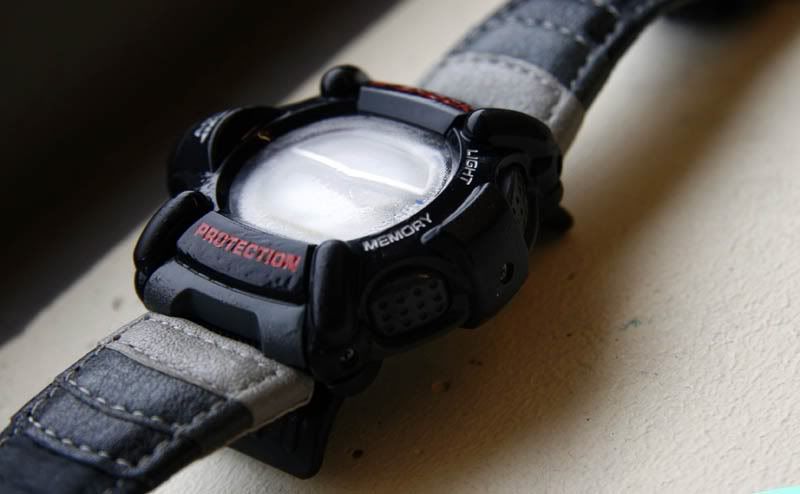
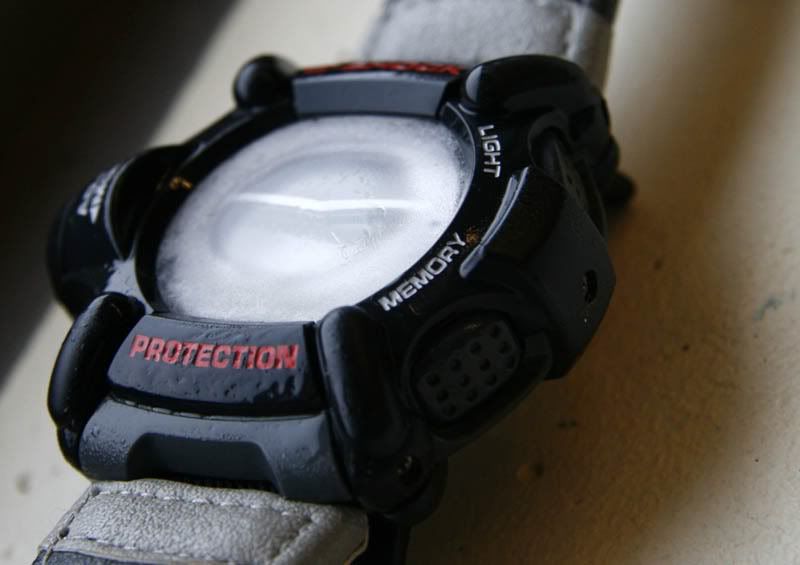
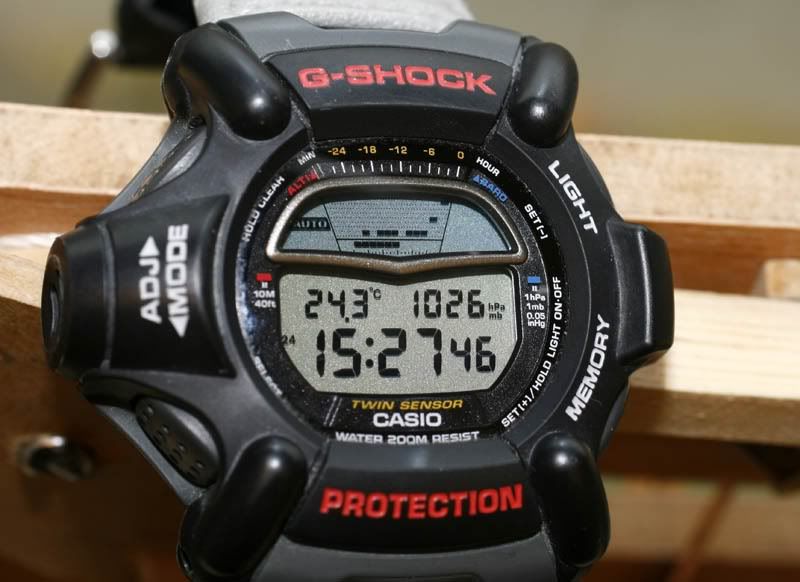
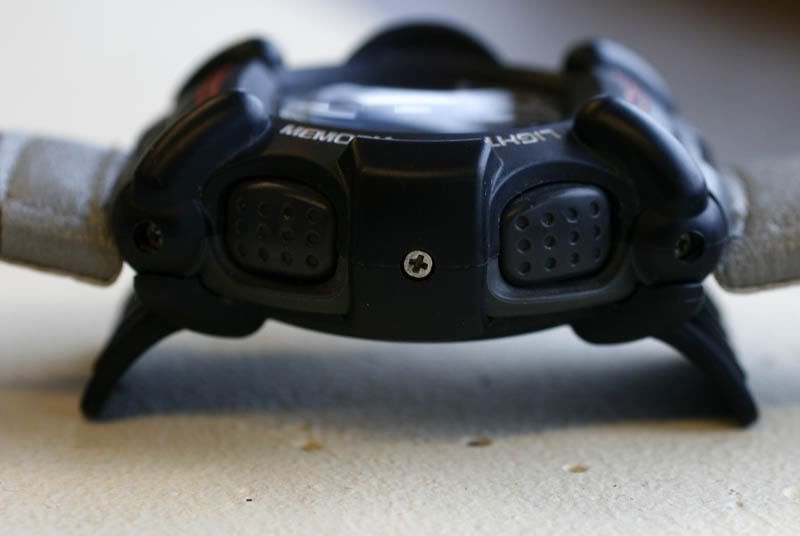
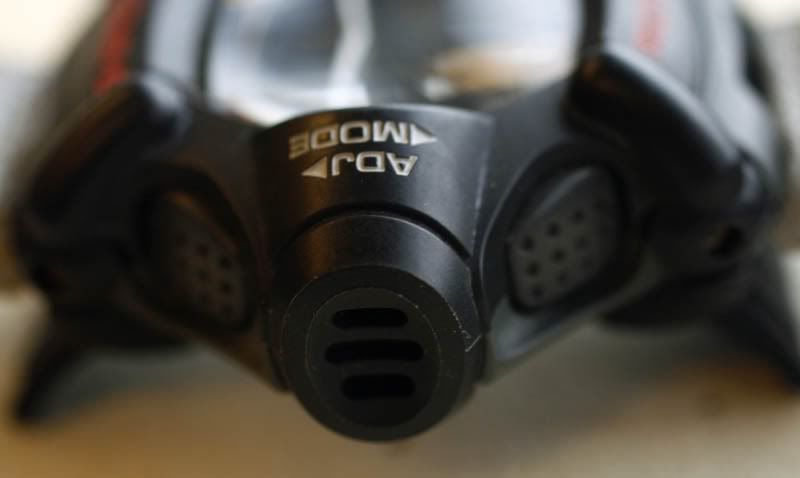
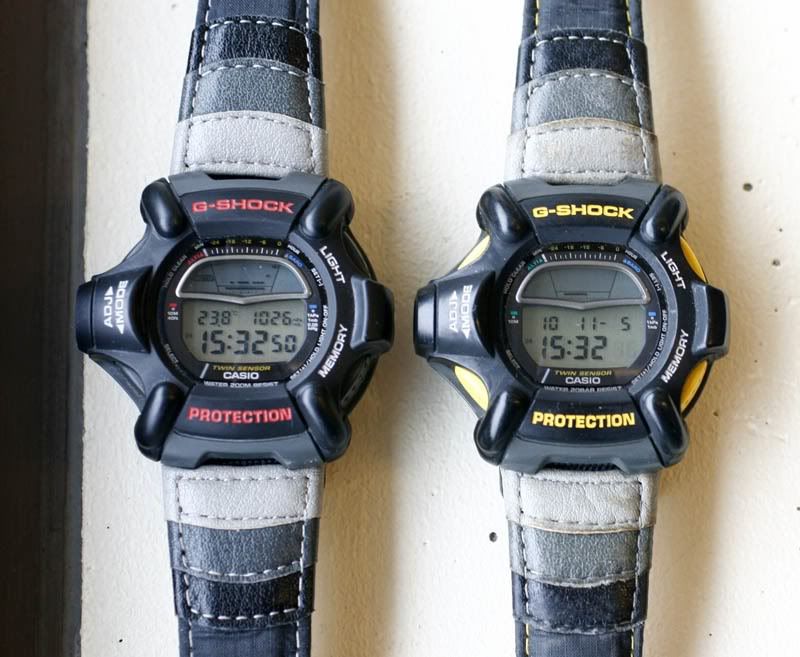

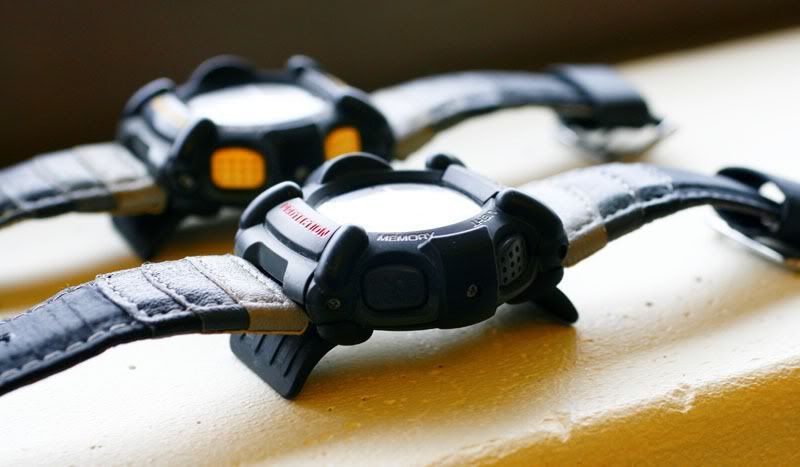
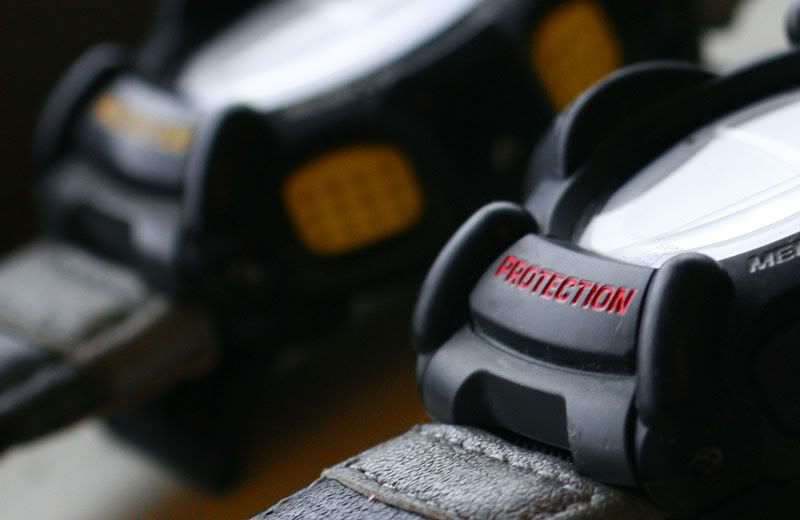

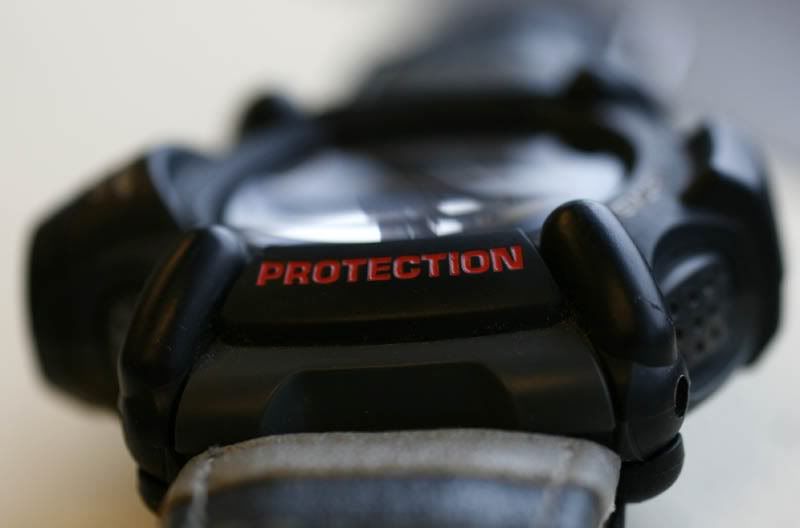


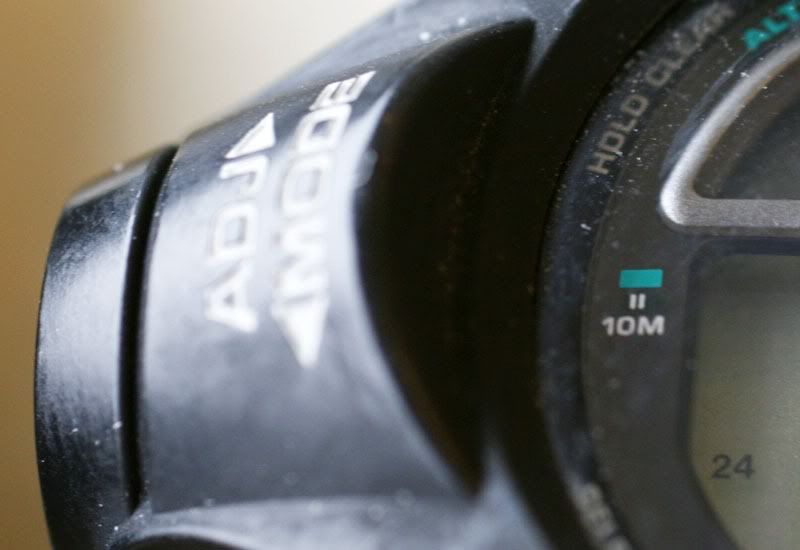

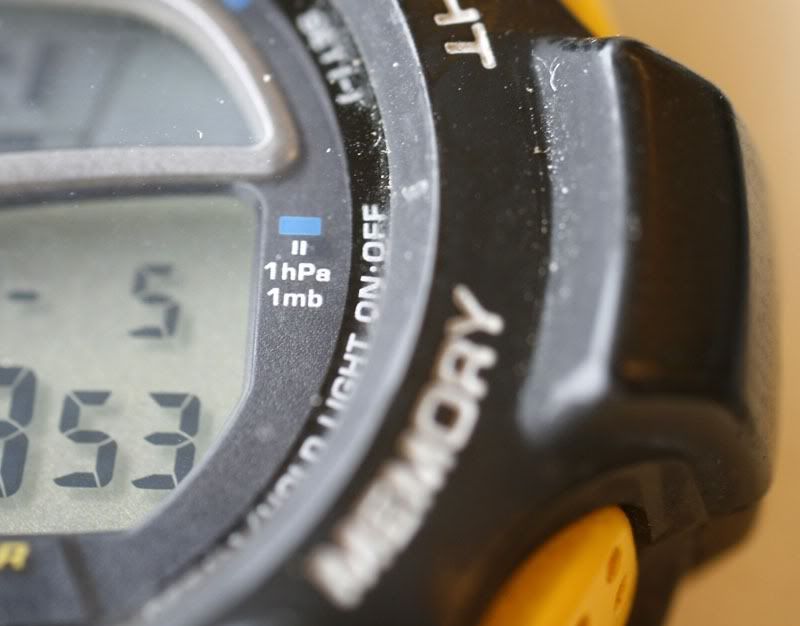
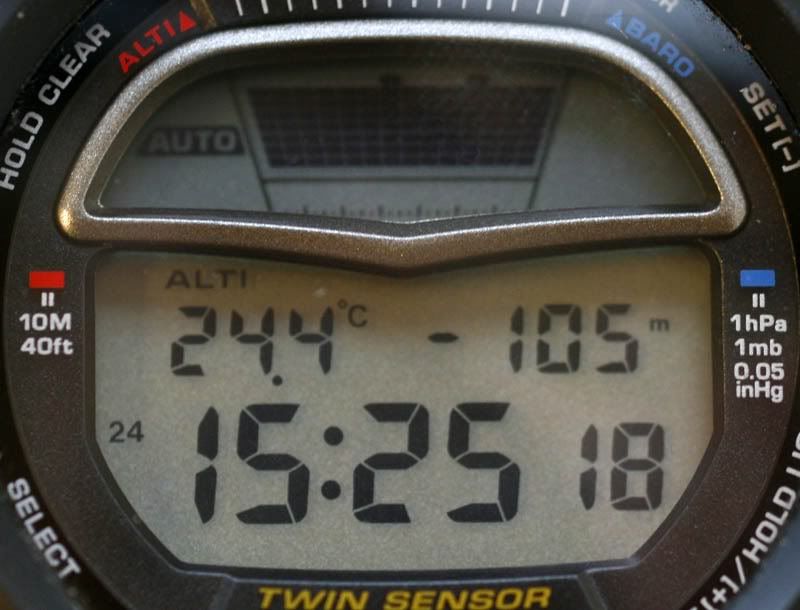
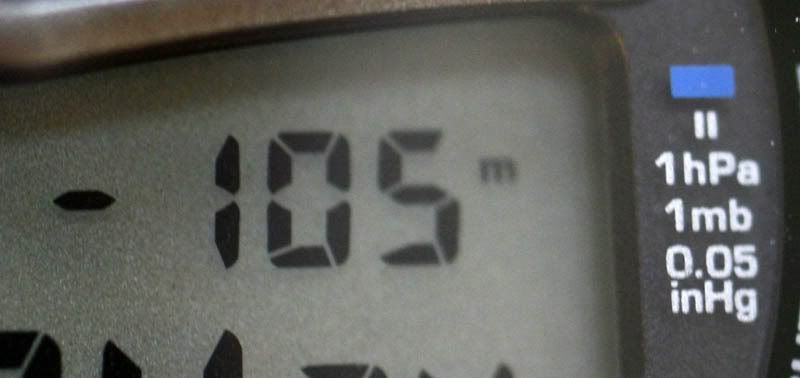

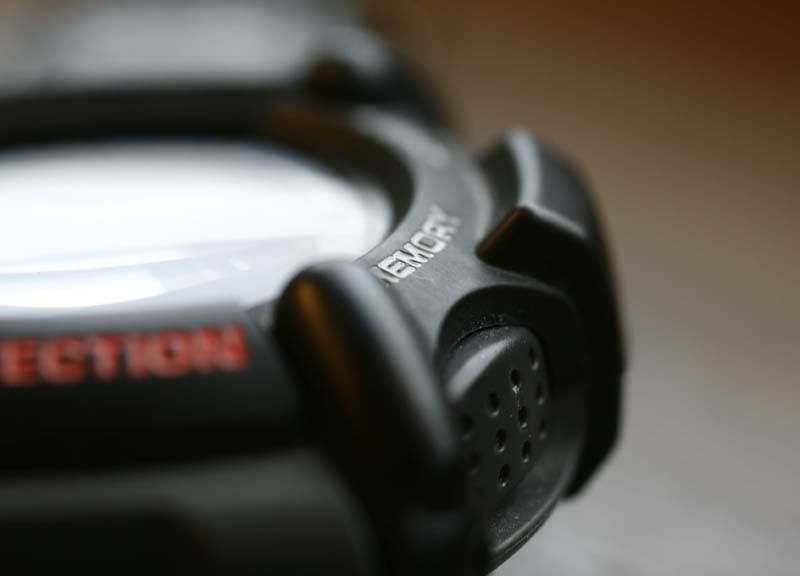
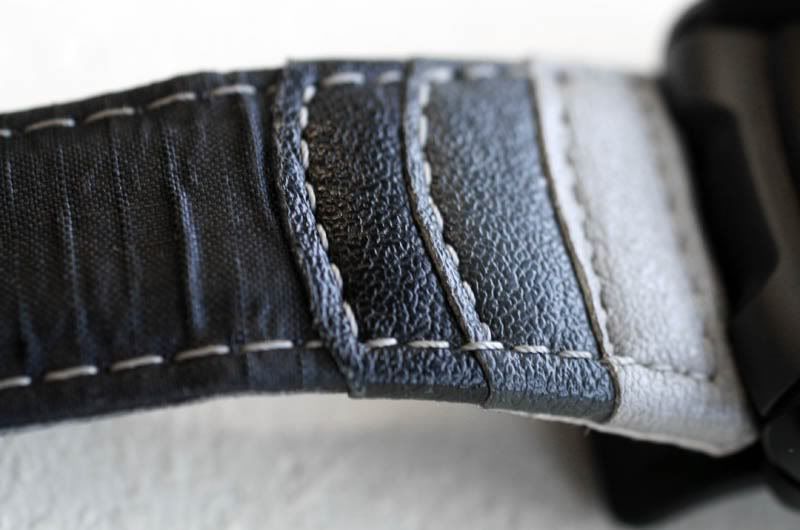
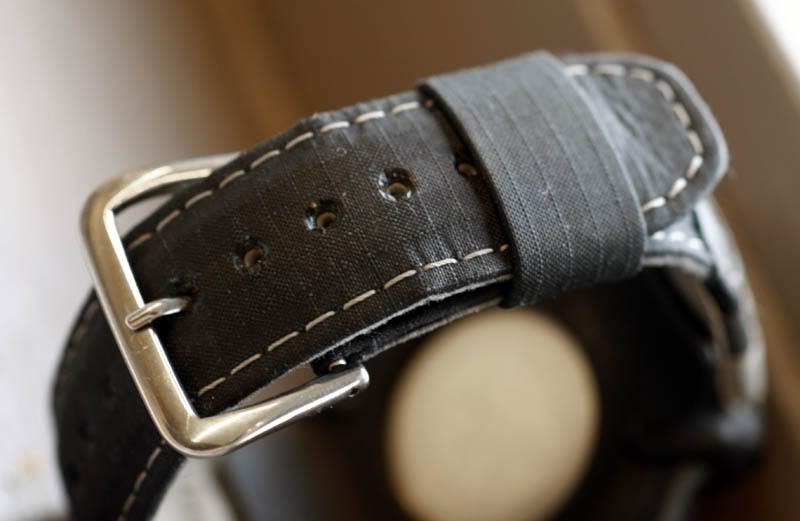
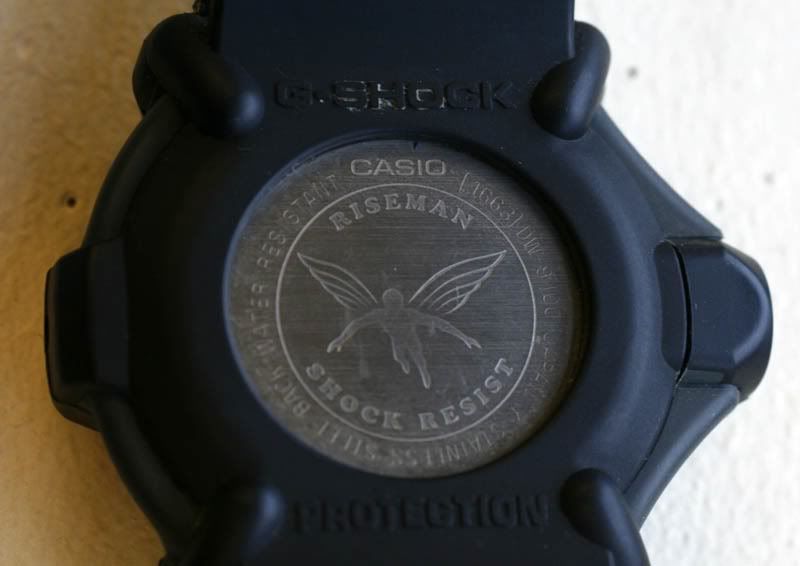

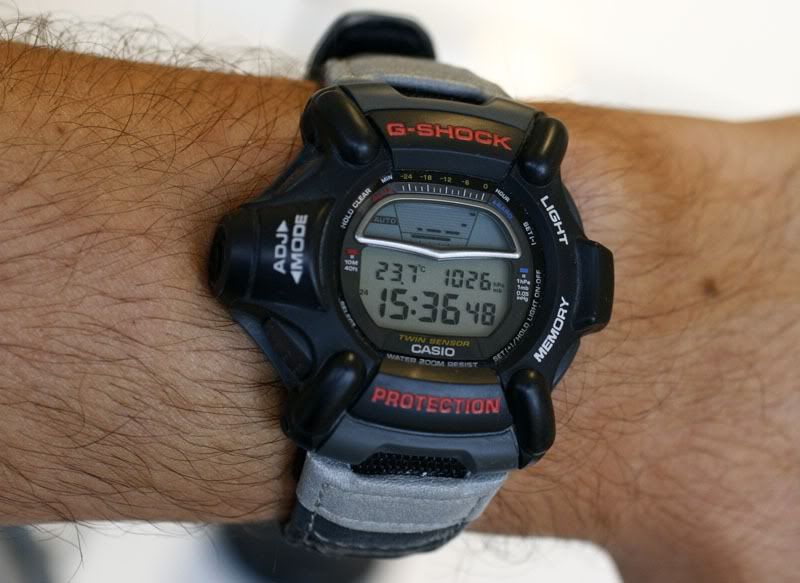
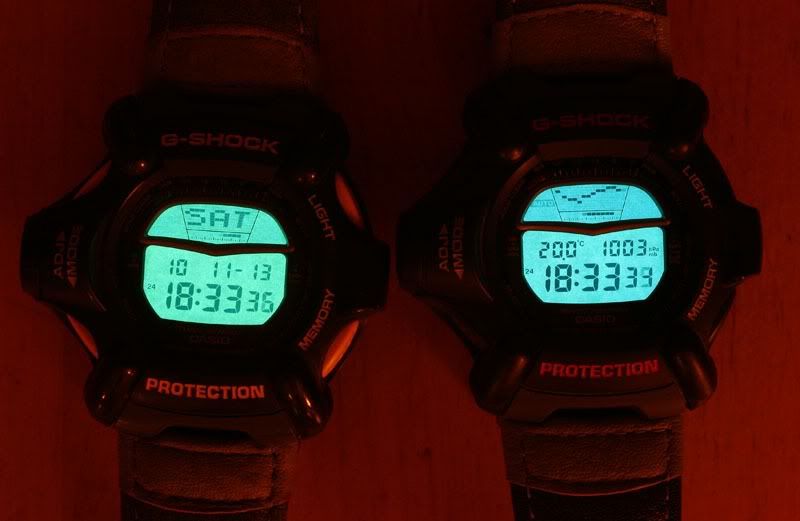
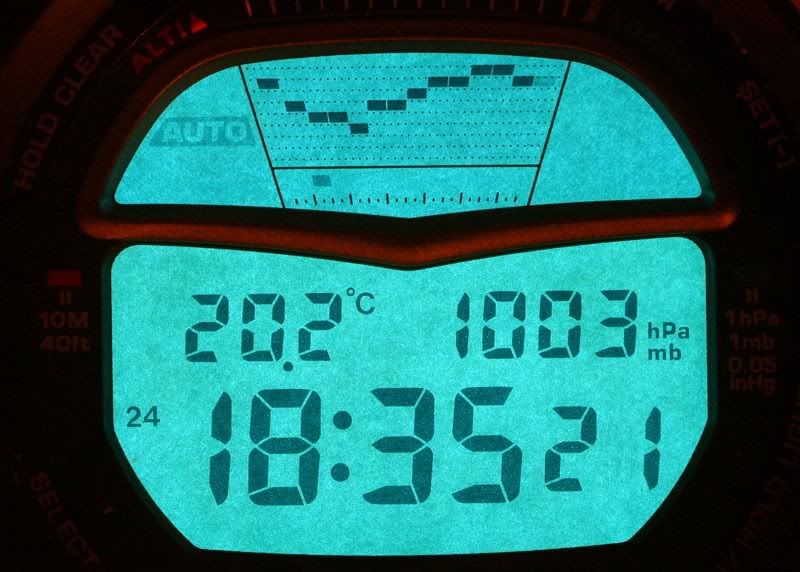
5 comments:
Great review sjors, this is a nice model and one im thining about getting in the future, although i use to be in the mind set that time is enough on a watch ,since getting my prg-40 i find i use most of its functions a lot, infact im recording the temp out side as i write this, so im a big A-B and ABC watches these days,
paul
I have this model of Riseman from the mid 1990s. Mint. Never used it. Removed the first battery, when it was getting dead, and now wish to replace it now. Would you know what is the battery (Renata or equivalent number)? Please let me know. Thanks.
Hi Binu,
Casio prefers Maxell orSony batteries, sometimes Panasonic. The battery type for the classic Riseman is the common CR2016.
Hi, I have this model also,
do you know where I can buy the original
bracelet and armor with red letters g-shock and protection ?
Hi,I have this model also,
do you know where I can buy the original
bracelet and armor with red letters and g-shock protection ?
Post a Comment